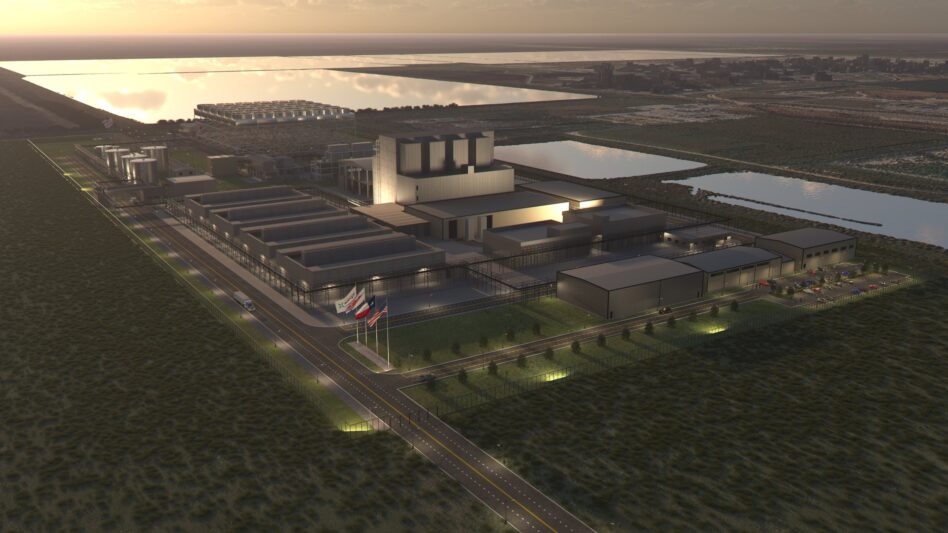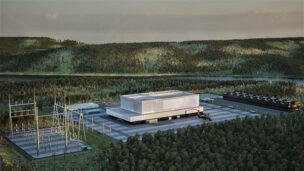If you still have the idea that nuclear power isn’t an attractive energy source to the major industrial players, think again.
Dow, one of the largest chemicals and plastics producers in the world, announced this week that it is working with X-energy to transition its industrial plant in Seadrift, Texas, to nuclear power in the next decade. The company’s Long Mott Energy subsidiary has applied for an NRC permit to build four X-energy reactors at the Texas site.
“The construction permit application is a critical step to deliver on the vision of Congress and DOE to position the US at the forefront of commercializing advanced reactor technology,” X-energy CEO J. Clay Sell said in a release.
The Xe-100: X-energy’s flagship product is the Xe-100 reactor, a high-temperature gas-cooled reactor designed to deliver 80 MW electric and 200 MW thermal energy. The reactors can be grouped into four at a time to scale up output to meet customer needs. The Xe-100 is a pebble-bed reactor, and the company is also working on building a facility to develop the TRISO-X fuel it will need to run its systems.
X-energy is participating in the DOE’s ARPA-E program to develop the Xe-100 reactor. It also received a $500M strategic investment from Amazon in October and has plans to build four more reactors under an Energy Northwest project. To date, the company has raised $1.1B+ total to support its reactor development and deployment.
Teaming up: Energy demand is skyrocketing, by all accounts, and X-energy is one of many players looking to fill that demand with new nuclear power. Industrials are a key area of growth for energy demand—and, subsequently, the nuclear sector.
Together, Dow and X-energy hope to:
- Build four Xe-100 reactors, providing 320 MW of electricity and 800 MW of thermal power
- Eliminate nearly all carbon emissions from power usage at the Seadrift site
- Operate the first US commercial advanced nuclear plant at an industrial site
Though they’re all in on the licensing application and partnership now, Dow says that its participation in the project is still caveated by the ability to meet its financial obligations. In other words, if building the Xe-100 reactors would mean the company can’t meet its return targets, the company won’t build them.
What now? X-energy and Dow are prepared for the construction permit application process to take upwards of two years—30 months, according to the X-energy announcement. Building can’t begin until the NRC issues a permit. X-energy and Dow expect construction on the plant to begin by the end of this decade and for operations to begin early in the next.
Lead Reporter of Ignition





